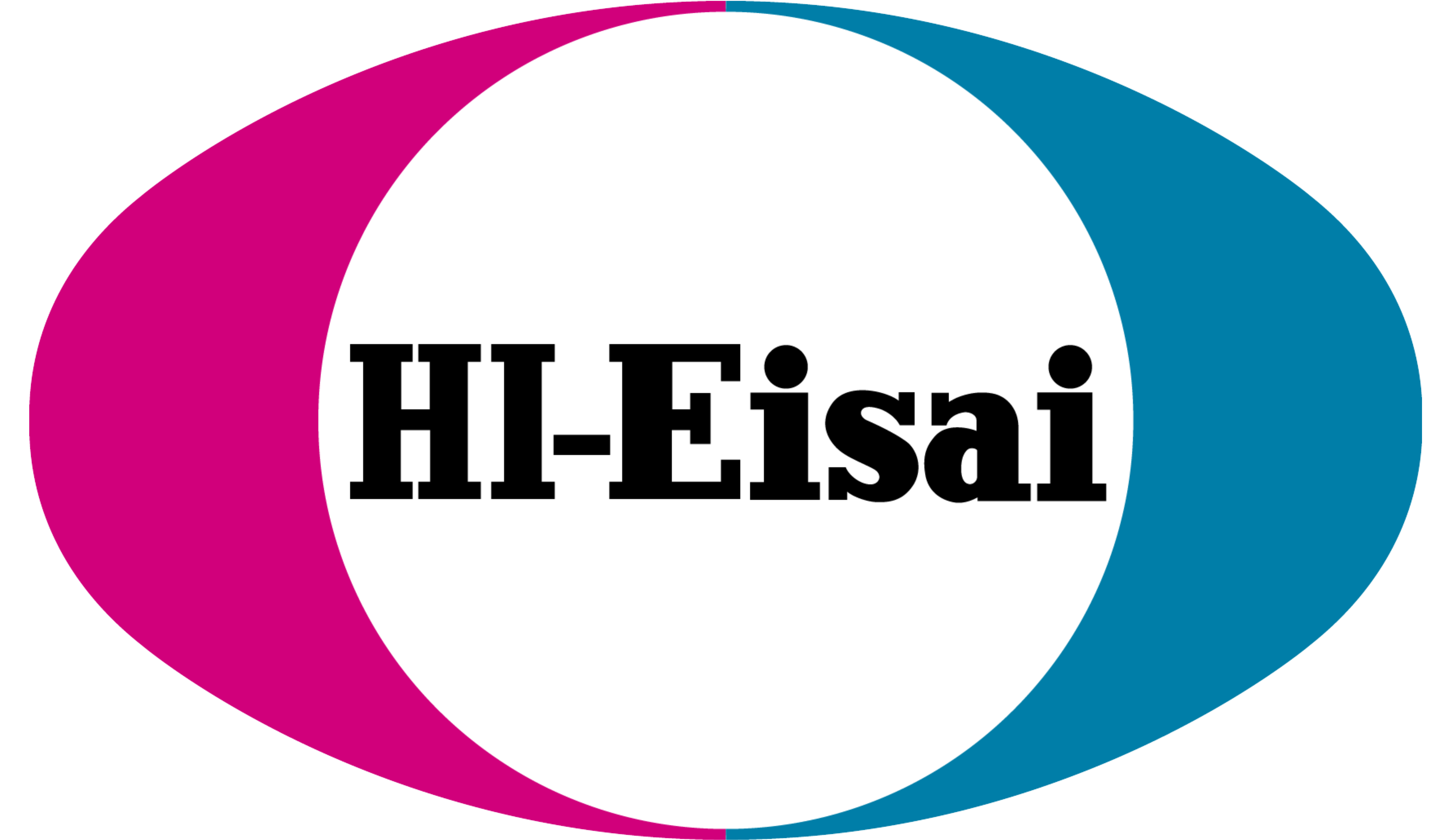Symptoms of Overactive Bladder (OAB): Understanding the Common Signs
Overactive bladder (OAB) is characterized by a combination of urinary symptoms that can significantly impact quality of life. Recognizing these symptoms is the first step toward effective management and treatment. Here’s a deep dive into the most common signs of OAB:
Urinary Urgency: One of the hallmark symptoms of OAB is a sudden, compelling urge to urinate that is difficult to control. This sensation can occur suddenly and may be accompanied by a fear of leakage (urge incontinence).
Frequent Urination: People with OAB often experience an increased frequency of urination, typically defined as urinating more than eight times in a 24-hour period. This frequent urge to urinate can disrupt daily activities and sleep patterns.
Nocturia: Nocturia refers to the need to wake up from sleep to urinate. Individuals with OAB may experience nocturia multiple times during the night, which can lead to sleep disturbances and fatigue.
Urge Incontinence: Urge incontinence is the involuntary loss of urine following a sudden, strong urge to urinate. This can result in leakage before reaching the toilet, which can be embarrassing and distressing.
Increased Daytime Frequency: OAB can also lead to increased daytime frequency of urination, with individuals feeling the need to urinate more frequently than usual during waking hours.
Accidental Leakage: In addition to urge incontinence, OAB can also cause accidental leakage of urine during physical activities, such as lifting, bending, or exercising (stress incontinence).
Incomplete Emptying: Some individuals with OAB may experience a sensation of incomplete emptying of the bladder after urination, leading to a persistent urge to urinate.
Bladder Pain: In some cases, OAB may be associated with bladder pain or discomfort (interstitial cystitis), which can worsen symptoms and impact quality of life.
Anxiety and Stress: The symptoms of OAB can lead to increased anxiety and stress, as individuals may constantly worry about finding a bathroom or experiencing leakage in public settings.
Impact on Quality of Life: OAB can have a significant impact on quality of life, affecting social activities, work productivity, and emotional well-being.
Recognizing these symptoms and seeking prompt medical evaluation is important for proper diagnosis and management of OAB. Treatment options may include lifestyle modifications, behavioral therapies, medications, and in some cases, surgical interventions. If you are experiencing symptoms of OAB, it’s important to consult with a healthcare professional for an accurate diagnosis and personalized treatment plan.






